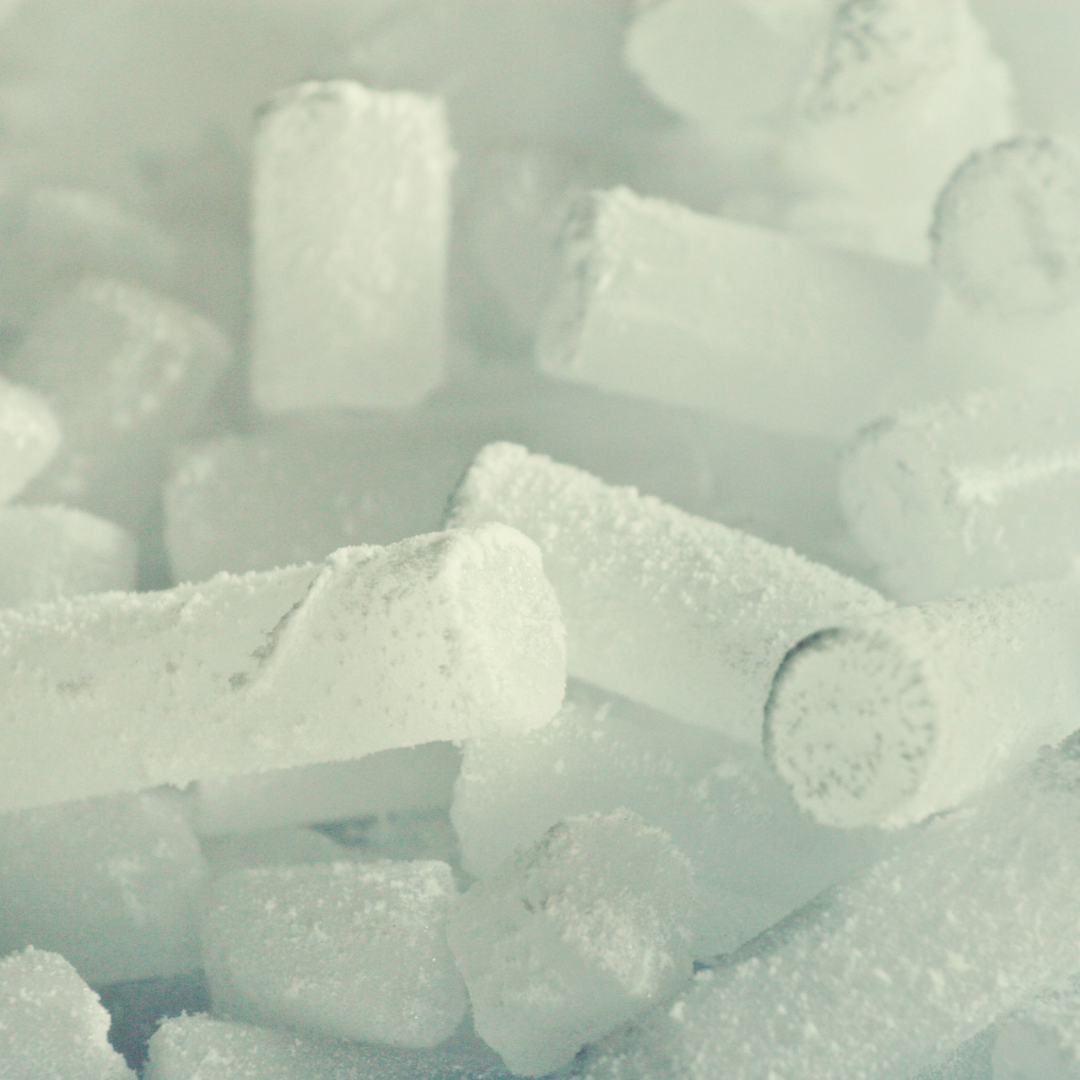Jul 20th 2023 - Team Member
Essential Components for Efficient Ice Storage Systems
Ice storage systems are a critical part of any commercial kitchen. These thermal energy storage devices offer a multitude of uses, from preserving food to cooling large facilities. Understanding the key components of an efficient ice storage system can optimize operations and reduce energy costs. Let's explore these crucial elements in more detail.
Effective Insulation

Insulation is the first line of defense in any ice storage system. It serves as a protective barrier that minimizes thermal losses and ensures the long-term viability of stored ice. Top-tier insulation materials can significantly enhance your ice storage system's performance, saving both time and money in the process.
Importance of Insulation
Proper insulation deters heat gain and is paramount for the efficiency of your system. By choosing a high-quality insulation material, you ensure minimal energy waste and maintain the required temperature within the system for a longer duration.
High-Performance Refrigeration System

At the core of any ice storage system is the refrigeration system. It includes several key components such as the compressor, condenser, expansion valve, and evaporator. These elements work in unison to create the cooling effect necessary for ice formation. Their collective efficiency significantly influences the overall efficacy of the ice storage system.
Refrigeration Cycle
The refrigeration cycle is the process through which the refrigeration system operates. Its main function is to remove heat and thus, produce the cooling effect. By understanding the cycle's components and their roles, you can optimize their performance, resulting in a more efficient ice storage system.
Reliable Ice Making Equipment
Ice-making equipment varies based on the type and size of the ice storage system. It can range from a simple ice tray for smaller applications to industrial-scale ice machines for larger operations.
Choosing the Right Ice Maker
Choosing the right ice-making equipment for your system is essential for its efficiency. Consider the equipment's capacity, energy consumption, and the type of ice it produces to ensure it suits your specific requirements.
Efficient Heat Exchanger

The heat exchanger allows for efficient heat transfer from the water that is to be frozen to the refrigeration system. It is designed to maximize heat transfer, thus increasing the overall performance of the system.
Heat Transfer in Action
The efficiency of a heat exchanger is determined by its ability to facilitate heat transfer. A well-designed heat exchanger optimizes this process, thereby enhancing the functionality of the entire ice storage system.
Suitable Storage Tank
The storage tank is where ice is kept post-production. Like insulation, the design of the storage tank plays a pivotal role in maintaining the quality and longevity of the ice.
Designing for Accessibility and Insulation
An optimally designed storage tank should allow for easy access to the ice while also minimizing the melting process. Proper insulation of the tank is essential to prevent heat gain and ensure the ice remains frozen for an extended period.
Well-Sized Pumps and Pipelines
Pumps and pipelines facilitate the movement of the coolant throughout the system. They should be correctly sized to handle the required flow rates for efficient operation.
Importance of Correct Sizing
Correct sizing of pumps and pipelines reduces unnecessary strain on the system and ensures the fluid moves at the required pace. This, in turn, enhances the overall efficiency of the ice storage system.
Advanced Control Systems
The operation of an ice storage system is managed by a sophisticated control system. The control system is equipped with various sensors and devices that monitor and control the operation of the system. Automation in control systems can significantly boost the system's efficiency.
Automated Controls
Automated controls manage the system operations, ensuring optimal performance at all times. This includes adjusting parameters such as temperature, pressure, and flow rate based on the system's needs.
Regular Maintenance
Last but not least, regular maintenance ensures the long-term efficiency of your ice storage system. This includes routine cleaning, component checks, and replacements when necessary.
Maintenance for Peak Performance

Regular upkeep of the system's components, especially the heat exchanger and refrigeration system, is crucial for its efficient operation. A well-maintained ice storage system ensures reliable operation and extends the life of your equipment.
In conclusion, understanding these components can help you make informed decisions about your ice storage system, ultimately optimizing your operations and ensuring the best performance possible.

